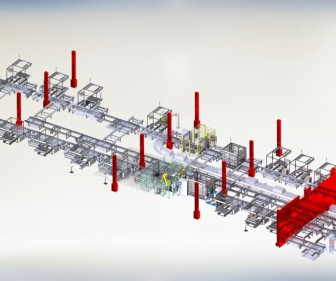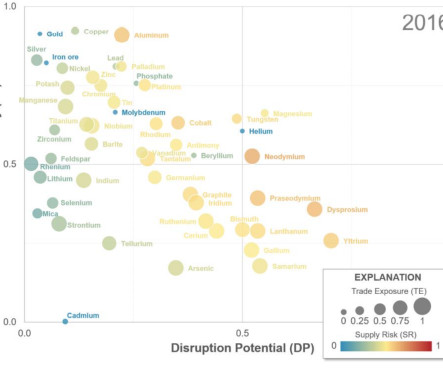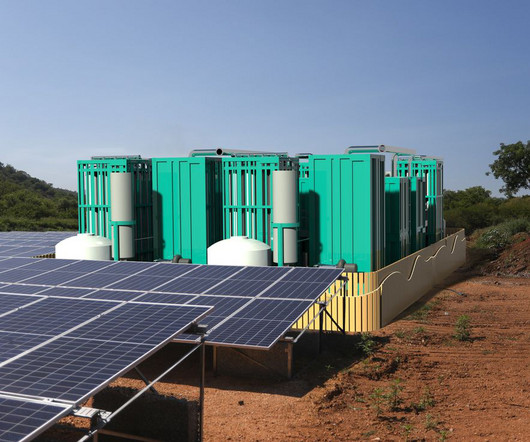Impact Clean Power Technology unveils visualization of GigafactoryX; 4 GWh/year by 2027
Green Car Congress
JULY 12, 2023
Poland-based battery systems maker Impact Clean Power Technology unveiled a visualization of GigafactoryX—a large-scale battery factory for electric vehicles and energy storage which will be launched in the city of Pruszków, near Warsaw. The Li-ion battery systems to be manufactured will include LTO, LFP and NMC technologies.












Let's personalize your content